War has many negative consequences but the most prominent has always been loss of life.
Historically, half of all soldiers killed in action die from blood loss, 80% of which die within the first hour. Developments in battlefield medicine have mostly reflected this, focusing on quick and efficient treatments for rapid blood loss.
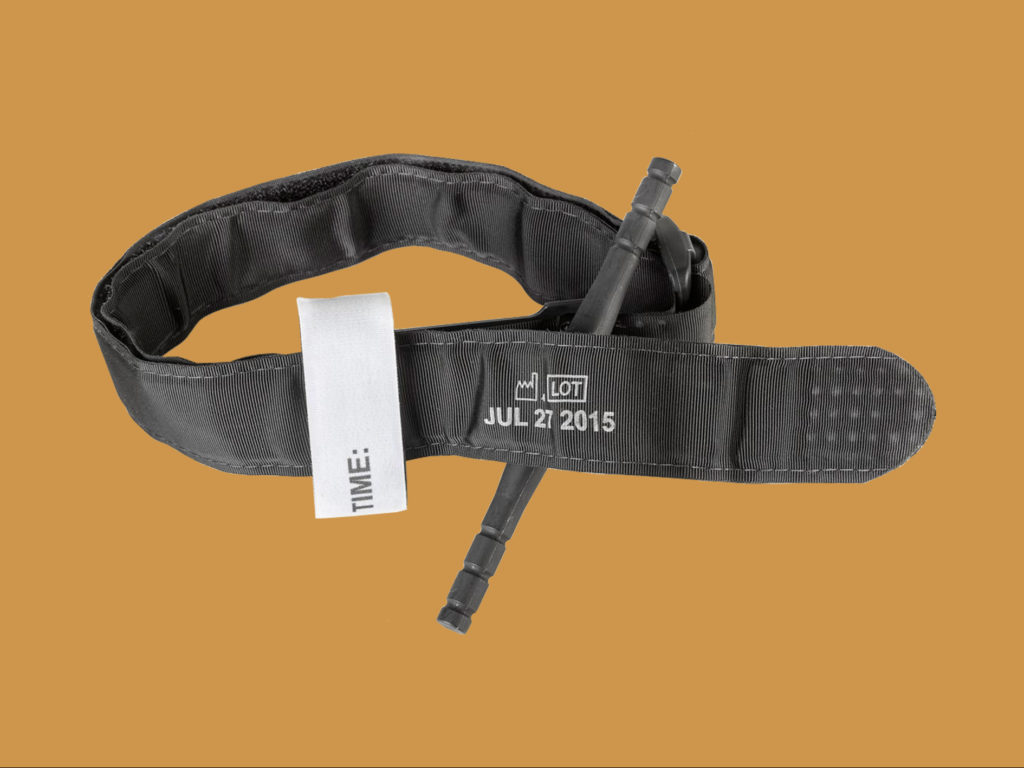
Buckle Up to Save
“Tying off” limbs to slow bleeding dates back to Ancient Rome. However, tourniquets gained popularity on the battlefield as a convenient alternative to cauterizing wounds with boiling oil.
A modern-day tourniquet is lightweight and portable, used not just on the battlefield, but at sites of accidents and natural disasters.
..(British Army Combat Application Tourniquet Medical Kit)
Code Red
WW1 led to the innovation of wood pulp bandages, which were more absorbent, cheaper, and plentiful than surgical cotton. French field nurses noticed the bandages potential and began using them as a convenient way to maintain menstrual hygiene.
After the war manufacturers borrowed this idea developing disposable sanitary pads, which are now the most widely used form of menstrual management.
.(Packet containing single “Southalls” sanitary towel size C)
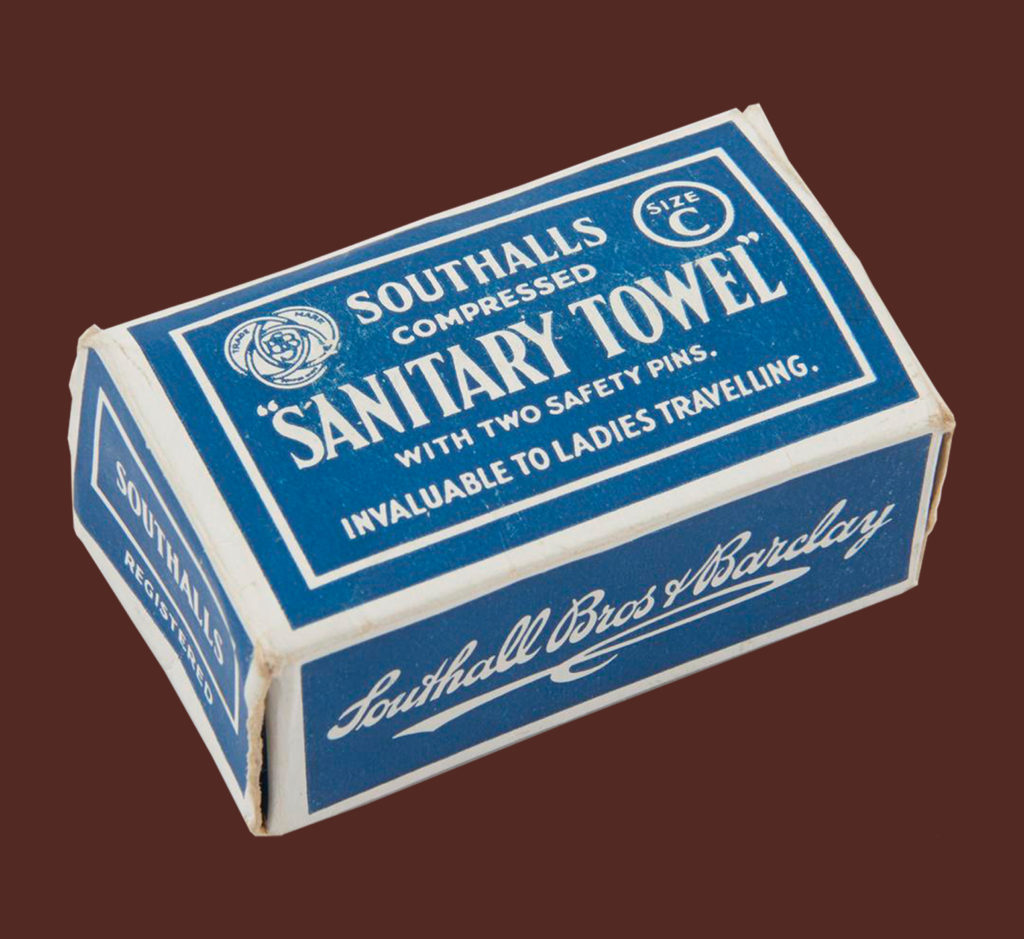
“Advances during the first mass killing of the 20th century have saved countless lives since.” – Ellen Hampton

Every drop counts
When blood transfusions were first attempted in the 15th century they had to be made directly from donor to receiver.
During WW1 it was discovered that by adding anticoagulants and refrigerating the blood it could be stored for several days, opening the way for the first blood banks.
Today the NHS needs 6,000 donors to give blood every day.
(Poster to recruit blood donors during the Second World War)
Keep it Fresh
The process of freeze-drying was first invented in 1906. However, it wasn’t until WW2 that it was widely used to preserve blood serum.
The process of freeze-drying was first invented in 1906. However, it wasn’t until WW2 that it was widely used to preserve blood serum.
(Specimen of freeze dried peas)
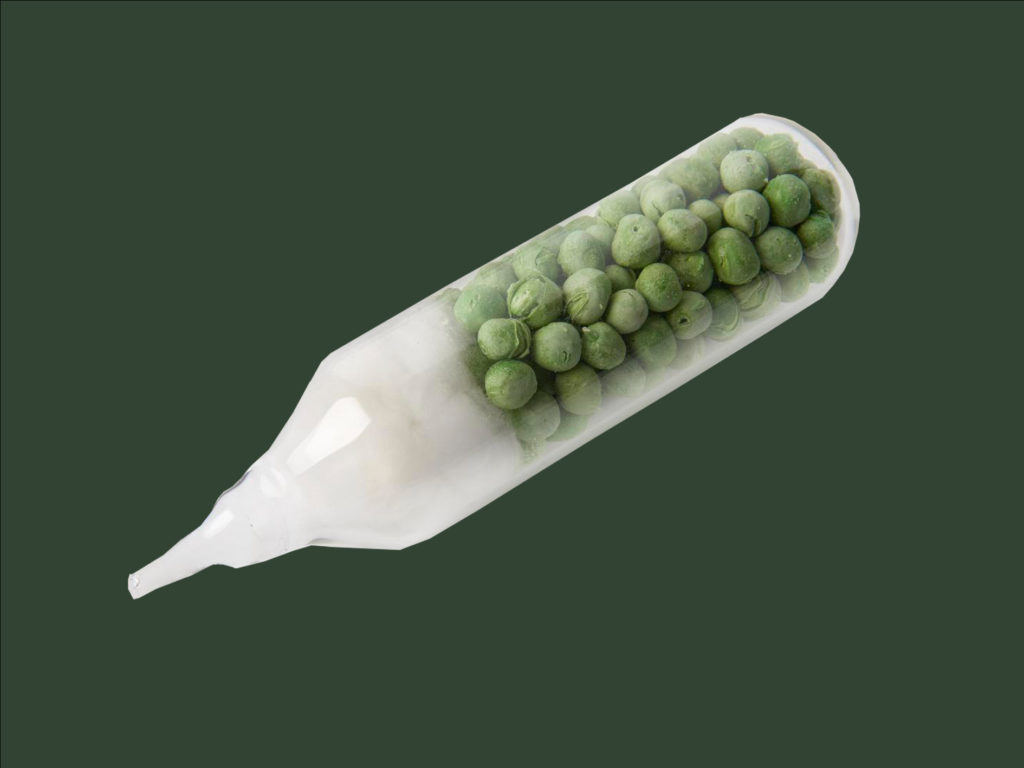
Continue exploring the exhibition…
Using objects from the Science Museum, this exhibition invites you to follow us on a wounded soldier’s 4 stage treatment journey focusing on medical innovations that still impact us today.
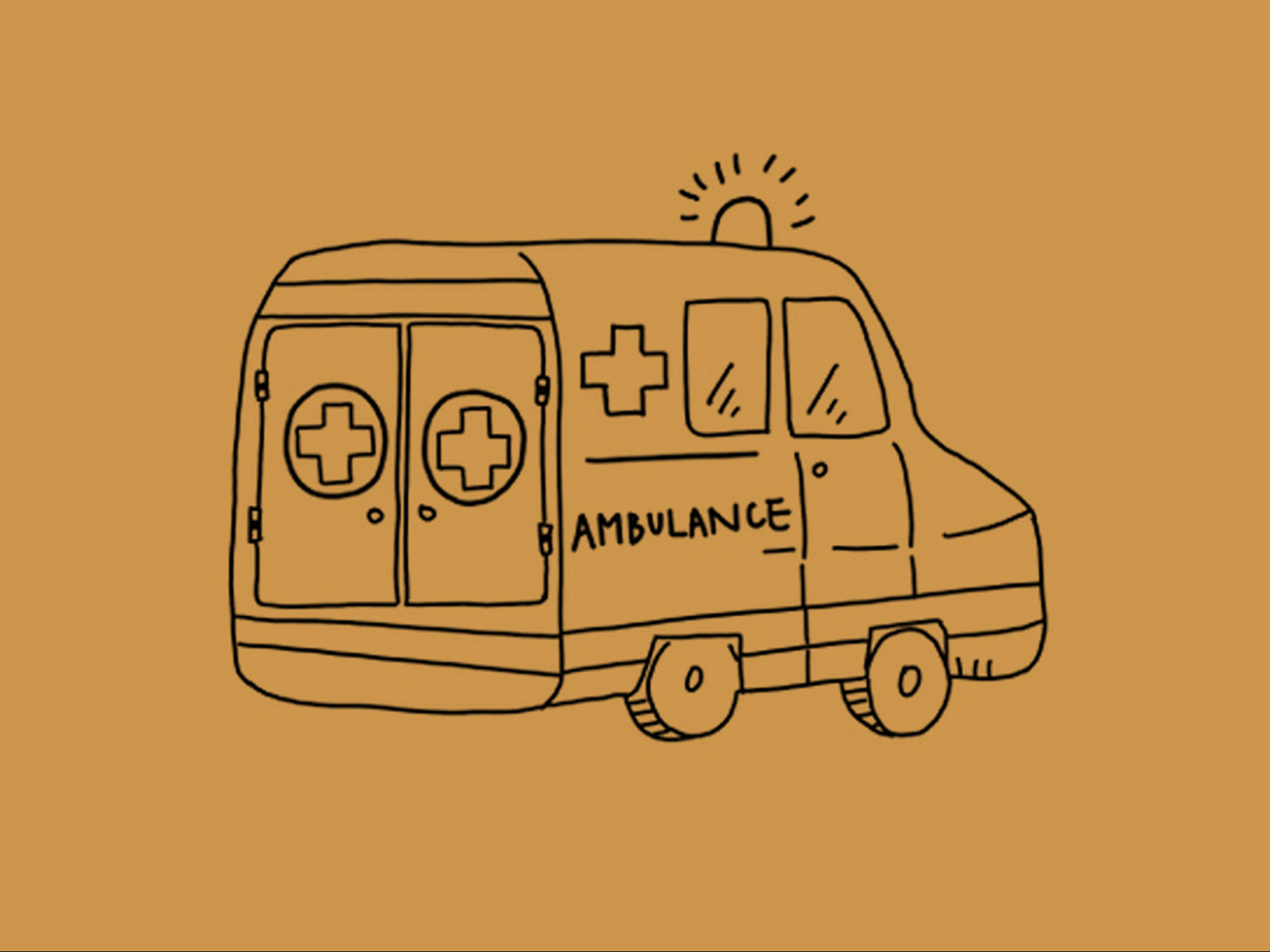
Move!
After basic treatment procedure on battlefield, it’s crucial to carry wounded soldiers to hospitals within limited time… Read More
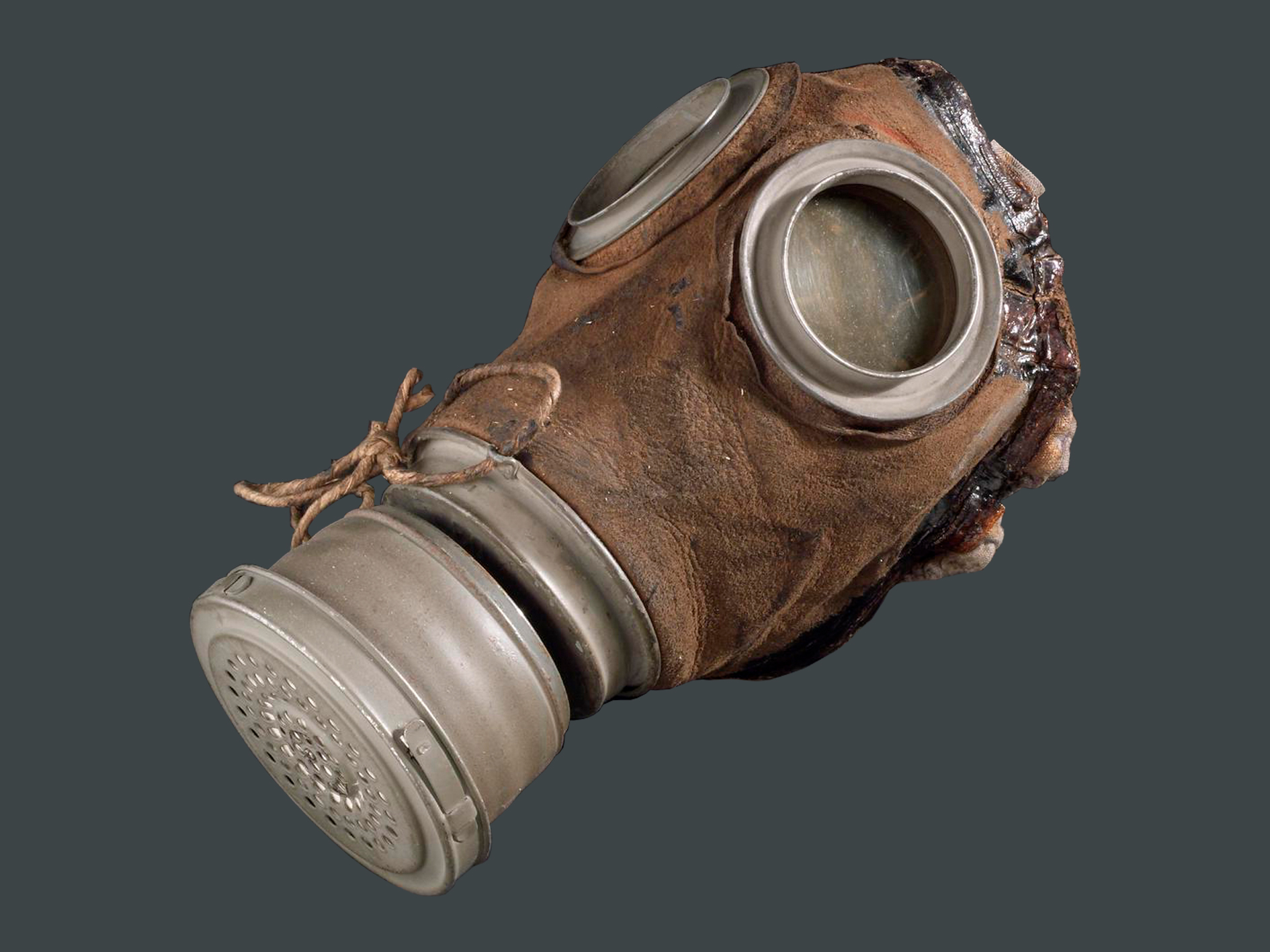
Call of Duty!
Many troops lost their lives throughout the war, not just from injuries but also from other infections and diseases… Read more
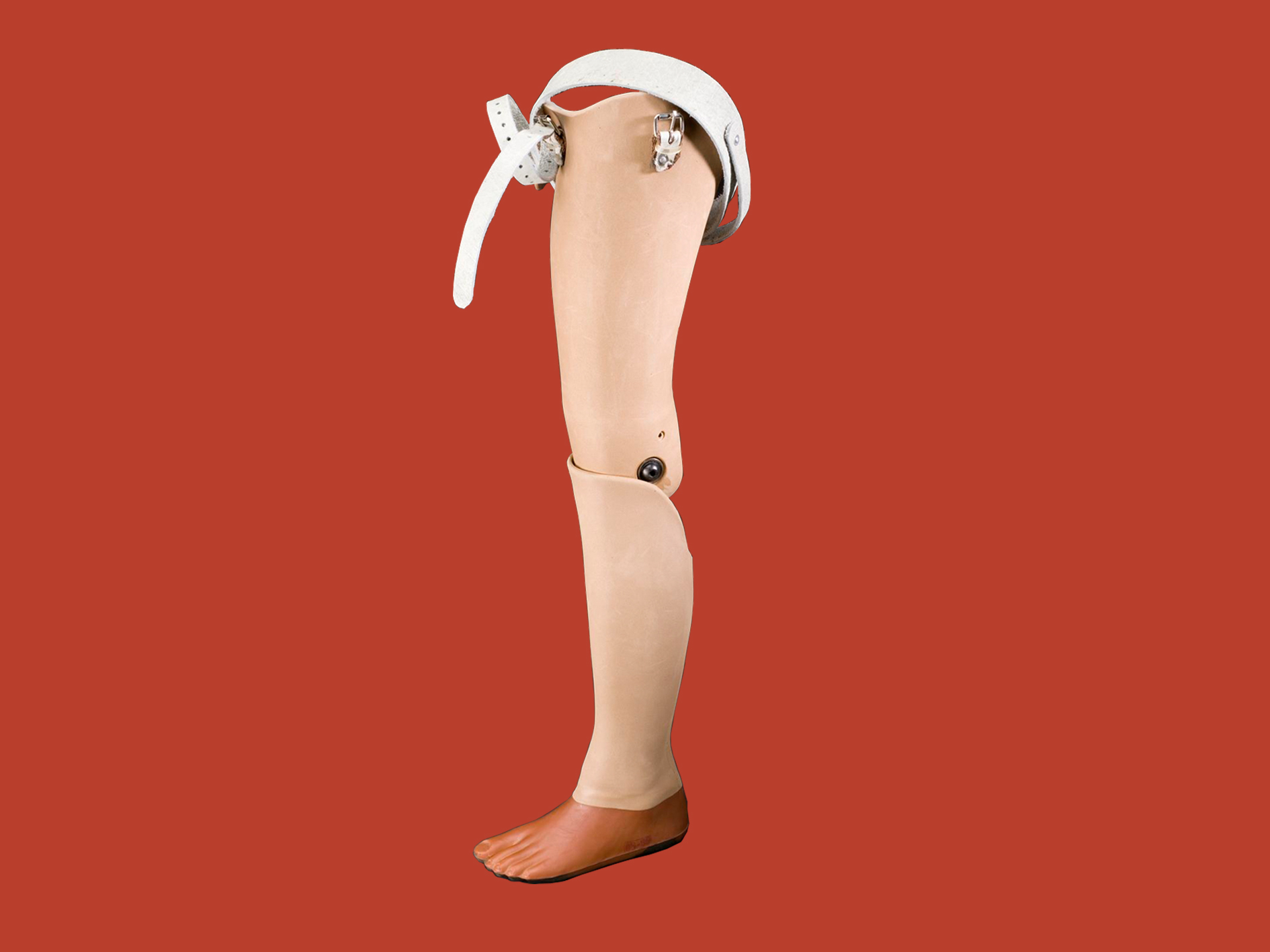
Progress Not Perfection
Recovery aims to help the patient to move on with their life and to restore their health and quality of life…

In a Heartbeat: War as a Catalyst for Innovation
Back to Home Page